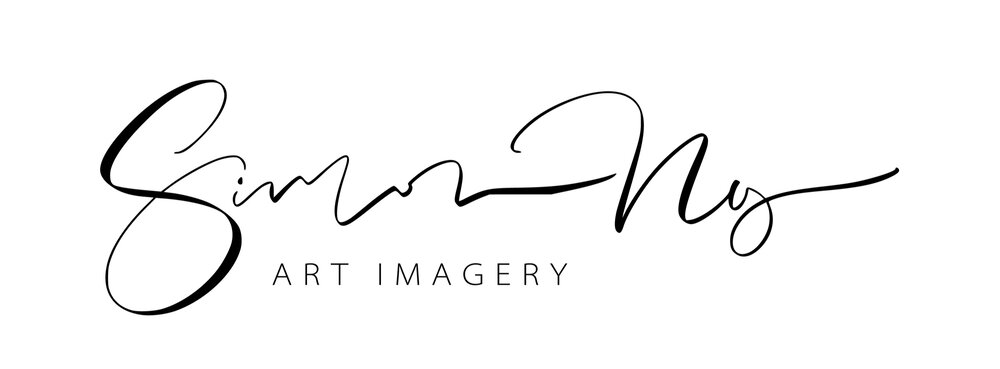I’m an ambassador for Roadstr, a network for passionate car owners who want to share photos and attend social events. It sounds important, but really it’s just a glorified event organiser. I’ve been “paid” in stickers (which I give away) and a t-shirt (which is a size too big). Nonetheless, it does satisfy my driving habit, and it also affords me a unique opportunity to meet people interested in cars and inclined to let me photograph them, which supports another interest: car photography.
Car photography is a bit like portraiture and landscape combined. You have to know your subject, its quirks and best features, its good angles, its not-so-good angles. And you need to pose it, because it sits within a context. Posing requires a high degree of patience or an assistant willing to jiggle the car into position, back out, and back in. Think of your eponymous furniture delivery man positioning (and repositioning) your new couch…if they even do that anymore.
But automotive photography is also landscape photography. The car is the subject, but it’s situated in and complimented by the environment it sits in, and so you have to position the car relative to that environment in a way that is pleasing, considering lighting, angle and perspective, leading lines, foreground and background, rhythm and so on, just like you might when taking a landscape photograph.
Photography is more than images too: it’s about story. A single image can be a whole story on its own, but a collection of images facilitates narrative; a sense of actual experience and the passage of time. Above, the four images are all set in the forecourt of Lancemore Hotel in Werribee Park, but that last image says something. For all the admirable elegance of the car and the context, the last image reminds us that a car is a living thing designed to be driven. That admiring it from afar is an entree, but not the main course. From car, to driving, with the Deep End reminding us that the car is always waiting to be fulfilled.
In car photography, and especially when road tripping, that story involves a passion for driving, but also for the open road, the act of connecting man, machine and tarmac, of control and the elements, the horizon ahead and already passed.
What does it feel like to be at the wheel, wind whistling across the windscreen, road disappearing into the distance, world passing by in an impressionistic blur? Good. Even better when you’re sharing the experience.
With the right combination of cars, you can take shots that otherwise remain the province of imagination. A trailing image from a lead car, or a tailing image from a follower. The lines still need to be right, the composition and lighting still spot on, and the image needs to be sharp (which is not trivial when you’re shooting from a moving car), but when it works, then the sense of the road trip is distilled.
The images below work to this ideal, but I have a long way to go as an image maker. Little things are missing, like a capture of the coffee at the beginning, or the car talk at the end. But each journey is a discovery, and I’ll get there eventually.
Locations The top four were all taken at Lancemore hotel, Werribee Park. The middle four at Licola in Victoria, and the final four at Lake Mountain in the Yarra Ranges. Werribee Park is not to be missed if you are touring Victoria or even Melbourne. Licola is at the end of a long road through steep sided valleys, off the beaten track, but a quaint village embraced by the Victorian Alps. And Lake Mountain is the greatest driving road in Australia (don’t believe me, ask a slew of motoring publications, including Top Gear).
Image Credits All images mine except for the picture with me in the Roadstr t-shirt, which is copyrighted by a friend and borrowed for purposes of the blog post.












